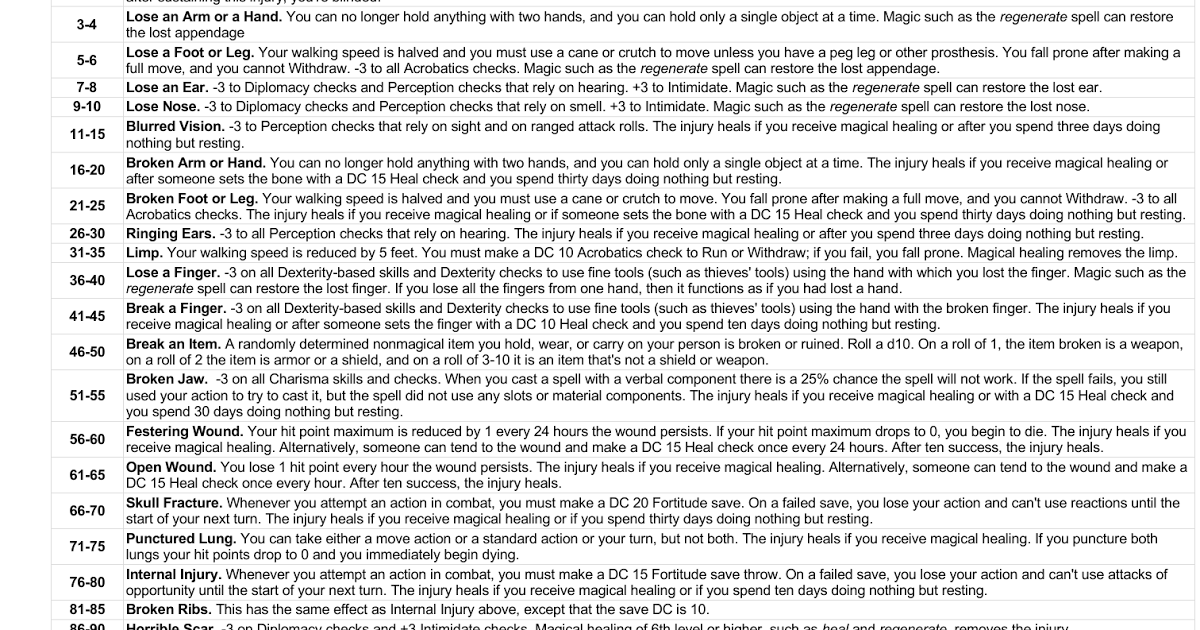Elcapitan Dmg
Review of El Capitan DMG. Focusing on the performance, stability, and the security, Apple Inc. Released the twelfth major version of the Mac operating system; the El Capitan DMG. There is a huge rock named El Capitan in the Yosemite National Park, and this twelfth version of the Mac OS was named after the formation of it. Sep 29, 2016 This free download of El Capitan is a standalone Disk Image InstallESD DMG installer for Macintosh based desktops and servers. Mac OS X El Capitan 10.11.6 Overview. Mac OS X El Capitan 10.11.6 was released in 2015, the basic purpose of this release is to provide better security, performance, and reliability features. The Direct Download Links of OS X 10.11.6 Delta / Combo Final.DMG Update Files are available and shared below. Features of OS X El Capitan 10.11.6. The latest OS X 10.11.6 Update includes some traditional changelog just like previous releases i.e. Bugs fixes, security improvements, performance and stability enhancements etc.
The icon depicts an internal hard drive within a generic file icon. | |
| Filename extension | |
|---|---|
| Internet media type | application/x-apple-diskimage |
| Uniform Type Identifier (UTI) | com.apple.disk-image |
| Developed by | Apple Inc. |
| Type of format | Disk image |
Apple[1]Disk Image is a disk image format commonly used by the macOS operating system. When opened, an Apple Disk Image is mounted as a volume within the Macintosh Finder.
An Apple Disk Image can be structured according to one of several proprietary disk image formats, including the Universal Disk Image Format (UDIF) from Mac OS X and the New Disk Image Format (NDIF) from Mac OS 9. An Apple disk image file's name usually has '.dmg' as its extension.
Features[edit]
Apple Disk Image files are published with a MIME type of application/x-apple-diskimage.
Different file systems can be contained inside these disk images, and there is also support for creating hybrid optical media images that contain multiple file systems.[1] Some of the file systems supported include Hierarchical File System (HFS), HFS Plus, File Allocation Table (FAT), ISO9660 and Universal Disk Format (UDF).[1][2]
Apple Disk Images can be created using utilities bundled with Mac OS X, specifically Disk Copy in Mac OS X v10.2 and earlier and Disk Utility in Mac OS X v10.3 and later. These utilities can also use Apple disk image files as images for burning CDs and DVDs. Disk image files may also be managed via the command line interface using the hdiutil utility.[3]
In Mac OS X v10.2.3, Apple introduced Compressed Disk Images[4] and Internet-Enabled Disk Images for use with the Apple utility Disk Copy, which was later integrated into Disk Utility in 10.3. The Disk Copy application had the ability to display a multilingual software license agreement before mounting a disk image. The image will not be mounted unless the user indicates agreement with the license.[5]
An Apple Disk Image allows secure password protection as well as file compression, and hence serves both security and file distribution functions; such a disk image is most commonly used to distribute software over the Internet.
History[edit]
Apple originally created its disk image formats because the resource fork used by Mac applications could not easily be transferred over mixed networks such as those that make up the Internet. Even as the use of resource forks declined with Mac OS X, disk images remained the standard software distribution format. Disk images allow the distributor to control the Finder's presentation of the window, which is commonly used to instruct the user to copy the application to the correct folder.
A previous version of the format, intended only for floppy disk images, is usually referred to as 'Disk Copy 4.2' format, after the version of the Disk Copy utility that was used to handle these images.[1] A similar format that supported compression of floppy disk images is called DART.[1][6]
New Disk Image Format (NDIF) was the previous default disk image format in Mac OS 9,[1] and disk images with this format generally have a .img (not to be confused with raw .img disk image files) or .smi file extension. Files with the .smi extension are actually applications that mount an embedded disk image, thus a 'Self Mounting Image', intended only for Mac OS 9 and earlier.[7][2]
Universal Disk Image Format (UDIF) is the native disk image format for Mac OS X. Disk images in this format typically have a .dmg extension.[1]
File format[edit]
Apple has not released any documentation on the format, but attempts to reverse engineer parts of the format have been successful. The encrypted layer was reverse engineered in an implementation called VileFault (a spoonerism of FileVault).[8]
Apple disk image files are essentially raw disk images (i.e. contain block data) with some added metadata, optionally with one or two layers applied that provide compression and encryption. In hdiutil, these layers are called CUDIFEncoding and CEncryptedEncoding.[1]
UDIF supports ADC (an old proprietary compression format by Apple), zlib, bzip2 (as of Mac OS X v10.4), and LZFSE (as of Mac OS X v10.11)[9] compression internally.
Metadata[edit]
The UDIF metadata is found at the end of the disk image following the data. This trailer can be described using the following C structure.[10] All values are big-endian (PowerPC byte ordering)
The XML plist contains a blkx (blocks) key, with information about how the preceding data fork is allocated. The main data is stored in a base64 block, using tables identified by the magic 'mish'. This 'mish' structure contains a table about blocks of data and the position and lengths of each 'chunk' (usually only one chunk, but compression will create more).[10] The data and resource fork information is probably inherited from NDIF.
Encryption[edit]
The encryption layer comes in two versions. Version 1 has a trailer at the end of the file, while version 2 (default since OS X 10.5) puts it at the beginning. Whether the encryption is a layer outside of or inside of the blkx metadata (UDIF) is unclear from reverse engineered documentation, but judging from the vfcrack demonstration it's probably outside.[8]
Utilities[edit]
There are few options available to extract files or mount the proprietary Apple Disk Image format. Some cross-platform conversion utilities are:
- dmg2img was originally written in Perl; however, the Perl version is no longer maintained, and the project was rewritten in C. It extracts the raw disk image from a DMG, without handling the file system inside. UDIF ADC-compressed images (UDCO) have been supported since version 1.5.[11]
- DMGEXtractor is written in Java with GUI, and it supports more advanced features of dmg including AES-128 encrypted images but not UDCO images.[12]
- The Sleuth Kit. Only handles uncompressed DMG format, HFS+, and APFS.
Most dmg files are unencrypted. Because the dmg metadata is found in the end, a program not understanding dmg files can nevertheless read it as if it was a normal disk image, as long as there is support for the file system inside. Tools with this sort of capacity include:
- Cross-platform: 7-zip (HFS/HFS+), PeaZip (HFS/HFS+).
- Windows: UltraISO, IsoBuster, MacDrive (HFS/HFS+).[13]
- Unix-like: cdrecord and
mount(e.g.mount -o loop,ro -t hfsplus imagefile.dmg /mnt/mountpoint).[14][15]
Tools with specific dmg support include:
- Windows:
- Transmac can handle both UDIF dmgs and sparsebundles, as well as HFS/HFS+ and APFS. It is unknown whether it handles encryption.[16] It can be used to create bootable macOS installers under Windows.[17]
- A free Apple DMG Disk Image Viewer also exists, but it is unknown how much what it actually supports.[18]
- Unix-like:
- darling-dmg is a FUSE module enabling easy DMG file mounting on Linux. It supports UDIF and HFS/HFS+.[19]
See also[edit]
References[edit]
- ^ abcdefgh'hdiutil(1) Mac OS X Manual Page'. Archived from the original on 2016-05-14. Retrieved 2016-05-14.
- ^ ab'Mac OS X: Using Disk Copy disk image files'. Archived from the original on 2013-12-19. Retrieved 2013-04-25.
- ^
hdiutil(1)– Darwin and macOS General Commands Manual - ^'Re: Some apps refuse to launch in 10.2.8! (OT, but very important)'. Archived from the original on 2014-01-17.
- ^'Guides'. Apple. Archived from the original on 2009-03-06. Retrieved 2010-10-27.
- ^'DART 1.5.3: Version Change History'. Archived from the original on 2013-12-19. Retrieved 2013-04-25.
- ^'Software Downloads: Formats and Common Error Messages'. Archived from the original on 2010-12-24. Retrieved 2009-05-06.
- ^ ab'VileFault'. 2006-12-29. Archived from the original on 2007-01-09. Retrieved 2010-10-27.
- ^Michael Tsai (2015-10-07). 'LZFSE Disk Images in El Capitan'. Archived from the original on 2017-04-09. Retrieved 2017-04-09.
- ^ ab'Demystifying the DMG File Format'. Archived from the original on 2013-03-17.
- ^'dmg2img'. Archived from the original on 29 November 2010. Retrieved 2010-10-27.
- ^'DMGExtractor'. Archived from the original on 2011-01-02. Retrieved 2011-01-03.
- ^MacDrive Features / Boot Camp / System Requirements /. 'MacDrive Home page'. Mediafour. Archived from the original on 4 October 2010. Retrieved 2010-10-27.
- ^'How To Convert DMG To ISO in Windows, Linux & Mac'. Archived from the original on 2010-03-07.
- ^'Convert DMG To ISO using PowerISO'. Archived from the original on 2009-05-02. Retrieved 2009-02-15.
- ^'About TransMac for Windows'. www.acutesystems.com.
- ^'Convert'. www.winytips.com. winytips. Retrieved 5 May 2020.
- ^Olivia Dehaviland (2015-03-03). 'Apple DMG Disk Image Viewer'. DataForensics.org. Archived from the original on 2015-04-02. Retrieved 2015-03-10.
- ^'darling-dmg'. darling-dmg. Retrieved 29 March 2015.
External links[edit]
- Apple Developer Connection A Quick Look at PackageMaker and Installer
- O'Reilly Mac DevCenter Tip 16-5. Create a Disk Image from a Directory in the Terminal
Are you trying to make a bootable installer? Do you have the El Capitan installer downloaded from the App Store? You cannot make a bootable DVD but you can make a bootable flash drive.

Bootable USB Installers for OS X Mavericks, Yosemite, El Capitan, and Sierra

First, review this introductory article: Create a bootable installer for macOS. Second, see this How To outline for creating a bootable El Capitan installer. Simply replace the Terminal command with the one from the preceding article by copying it into the Terminal window. You will need an 8GB or larger USB flash drive that has been partitioned and formatted for use with OS X.
Drive Partition and Format
- Open Disk Utility in the Utilities' folder.
- After Disk Utility loads select the drive (out-dented entry with the mfg.'s ID and size) from the side list.
- Click on the Erase tab in the Disk Utility toolbar. Name the drive, 'MyVolume'. <---- IMPORTANT!
- In the drop down panel set the partition scheme to GUID. Set the Format type to Mac OS Extended (Journaled.)
- Click on the Apply button and wait for the Done button to activate. When it does click on it.
- Quit Disk Utility.
El Capitan Dmg Installer
Create Installer
Open the Terminal in the Utilities' folder. Choose the appropriate command line (in red) depending upon what OS X installer you want. Paste that entire command line from below at the Terminal's prompt:
Command for macOS High Sierra:
sudo /Applications/Install macOS High Sierra.app/Contents/Resources/createinstallmedia --volume /Volumes/MyVolume --applicationpath /Applications/Install macOS High Sierra.app
Command for macOS Sierra:
sudo /Applications/Install macOS Sierra.app/Contents/Resources/createinstallmedia --volume /Volumes/MyVolume --applicationpath /Applications/Install macOS Sierra.app
Command for El Capitan:
sudo /Applications/Install OS X El Capitan.app/Contents/Resources/createinstallmedia --volume /Volumes/MyVolume --applicationpath /Applications/Install OS X El Capitan.app
Command for Yosemite:

sudo /Applications/Install OS X Yosemite.app/Contents/Resources/createinstallmedia --volume /Volumes/MyVolume --applicationpath /Applications/Install OS X Yosemite.app
Command for Mavericks:
El Capitan Dmg Torrent
sudo /Applications/Install OS X Mavericks.app/Contents/Resources/createinstallmedia --volume /Volumes/MyVolume --applicationpath /Applications/Install OS X Mavericks.app


El Capitan Dmg Apple
El Capitan Dmg Bootable Usb Windows
Press RETURN. You will be asked for your admin password. It will not echo to the Terminal window. Then press RETURN again. Wait for the return of the Terminal prompt signifying the process has completed. It takes quite some time to finish. Be patient.
Os X El Capitan Dmg Download
Mar 3, 2018 7:47 PM